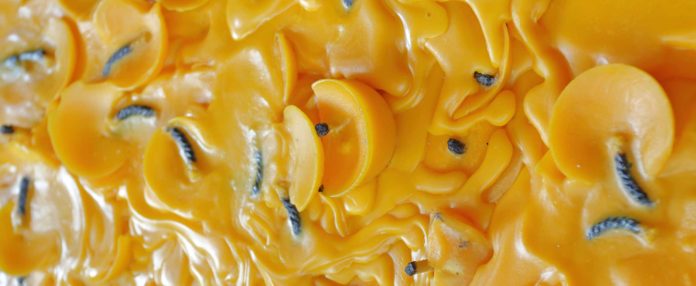Asia accounted for more than half of 11.2 billion pounds of global wax supply in 2019, leading in petroleum waxes in large part because of China refineries’ widespread production of wax through processes not involving API Group I base oil, an industry insider said.
The global petroleum wax supply – which stands at 7 billion to 8 billion pounds – declined over the past few years, Pooja Sharma, project manager at Kline’s energy practice, said in an online webinar yesterday. Such waxes are extracted as a byproduct in the production of Group I base oils.
“The past decade has seen a global trend toward declining Group I base stock demand due to the reduced demand for lubricants formulated using Group I base stocks,” Sharma said. “In particular, the automotive lubricant market globally is moving away from using Group I base oil for finished lubricants. These markets are increasingly moving towards higher or better quality base oils such as Group II and II+, and III and III+.” As a result, Group I plants have shut down or upgraded to higher API grades.
She noted that Asia is the only region to post growth in its supply of petroleum waxes, reaching 4.3 billion pounds in 2019. While the global supply of petroleum wax declined at a compound annual rate of 1.3 percent in the past nine to 10 years, she said, the supply in Asia increased at a rate of 1.8 percent.
“This was because China, which accounts for more than 80 percent of petroleum wax supply in Asia, experienced growth in supply specifically during the period of 2015 to 2017 due to some refinery expansions in the country,” she added. Other countries in Asia, such as Singapore and India, have seen some new capacity additions, Sharma noted. She cited as one example Shell’s Pulau Bukom, Singapore, Group I plant, which recently added slack wax production. Other Asia countries with petroleum wax production include Pakistan, Thailand, Japan and Indonesia.
The key in China is difference is that refineries use a different process to make wax. “Most of these waxes in China are produced from low-value wax distillates from a crude oil fractionating column, rather than having a link with Group I base stock supply,” she explained. “Hence, suppliers of petroleum waxes from China typically are more or less unaffected by changes in supply of Group I base stocks in the country.”
While global supply of petroleum waxes has been declining, she said, the supply of synthetic and vegetable waxes has been growing. She noted each wax type has experienced exponential growth in Asia-Pacific in the past decade and have taken up market space vacated by petroleum waxes. From 2014 to 2019, the petroleum wax share of global supply declined from 70 to 66 percent the share for synthetic waxes increased from 14 to 16 percent; and the share for vegetable waxes has increased from 11 percent to 13 percent over the same duration.
Kline ranked several Asia wax suppliers in the top 10 petroleum wax supplies list for 2019. Petrochina topped the list, with Sinopec at third and Japan’s Nippon ranking tenth.
The study’s list of 13 top non-petroleum wax suppliers list included India’s Marcus Oil in third, China’s Yitai ranking fourth, China’s Luan at seventh and Japan’s Mitsui ranking 13th.
The study is titled, “Global Wax Industry: Market Analysis and Opportunities.”
